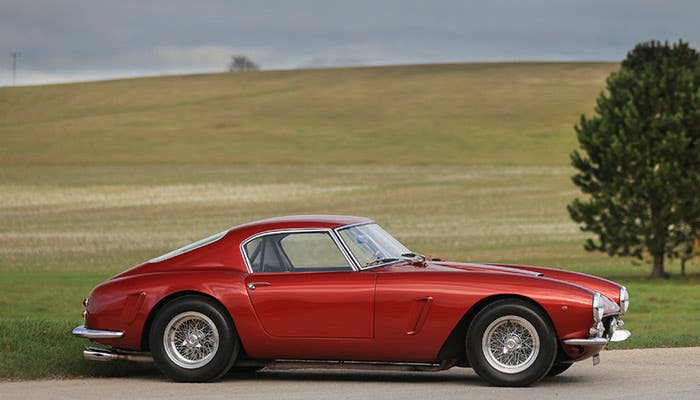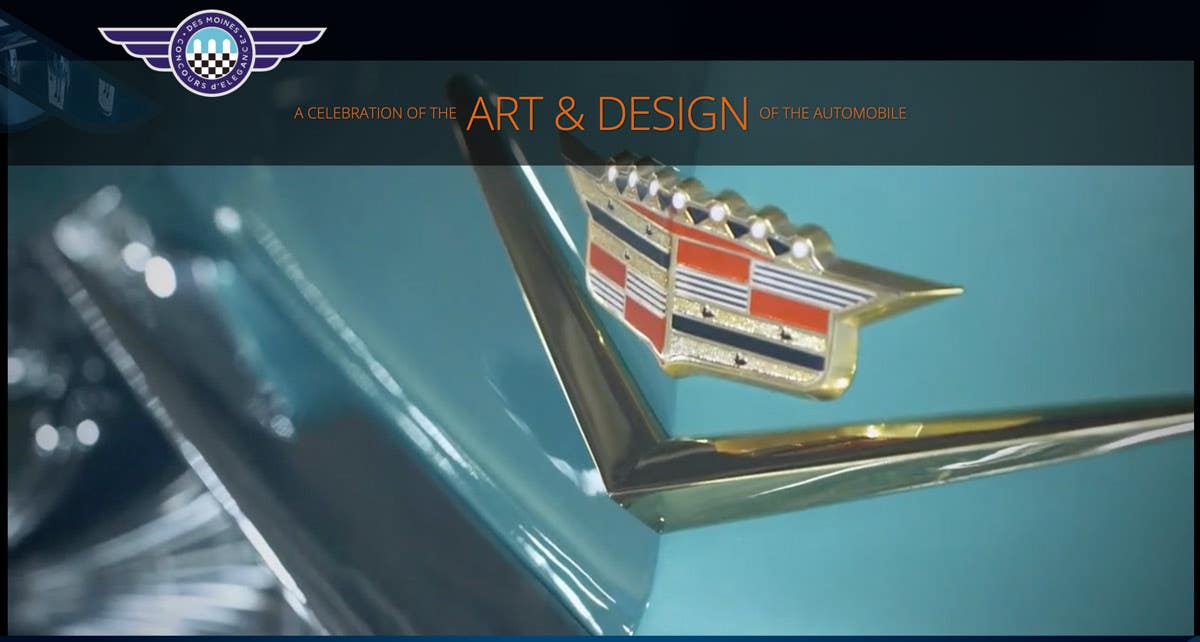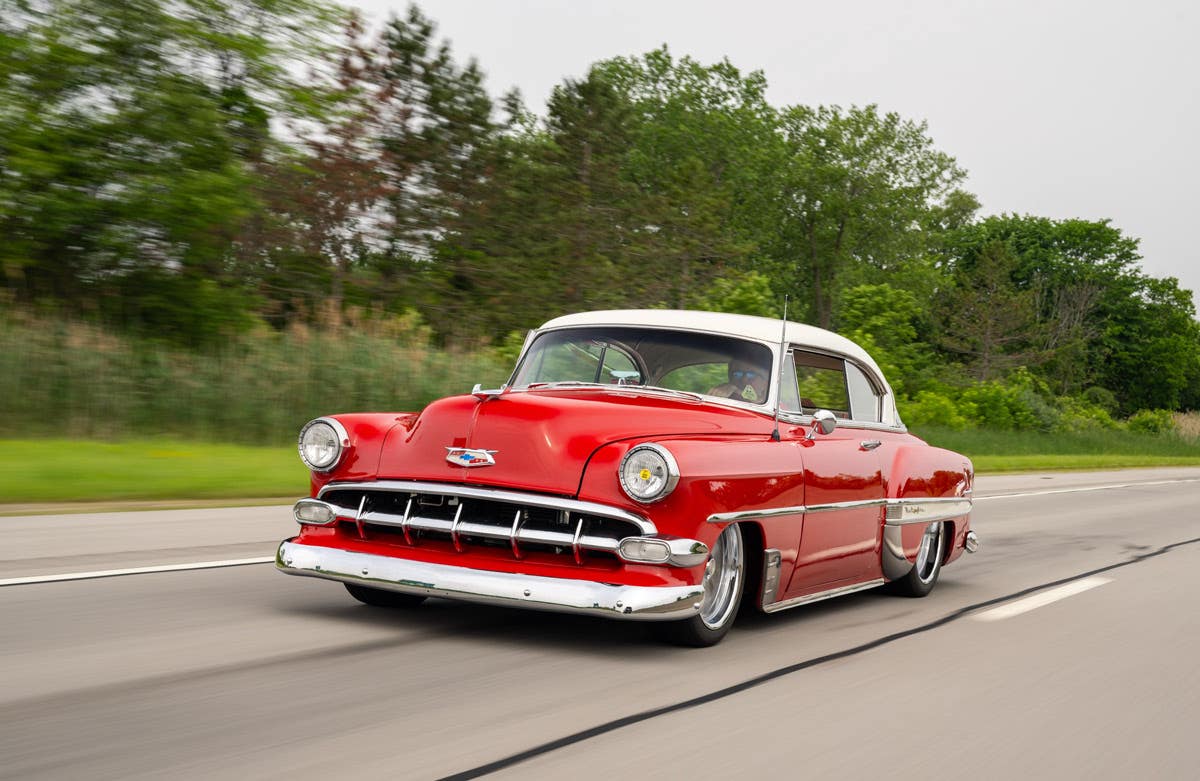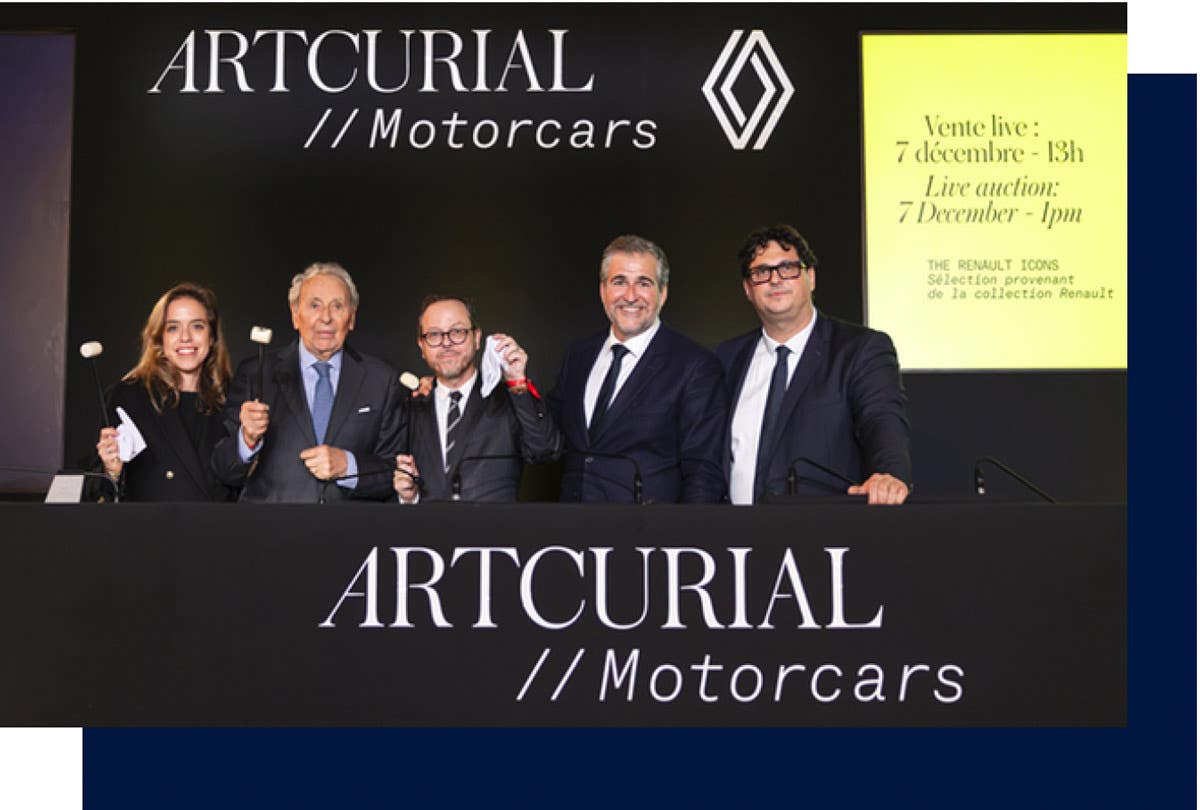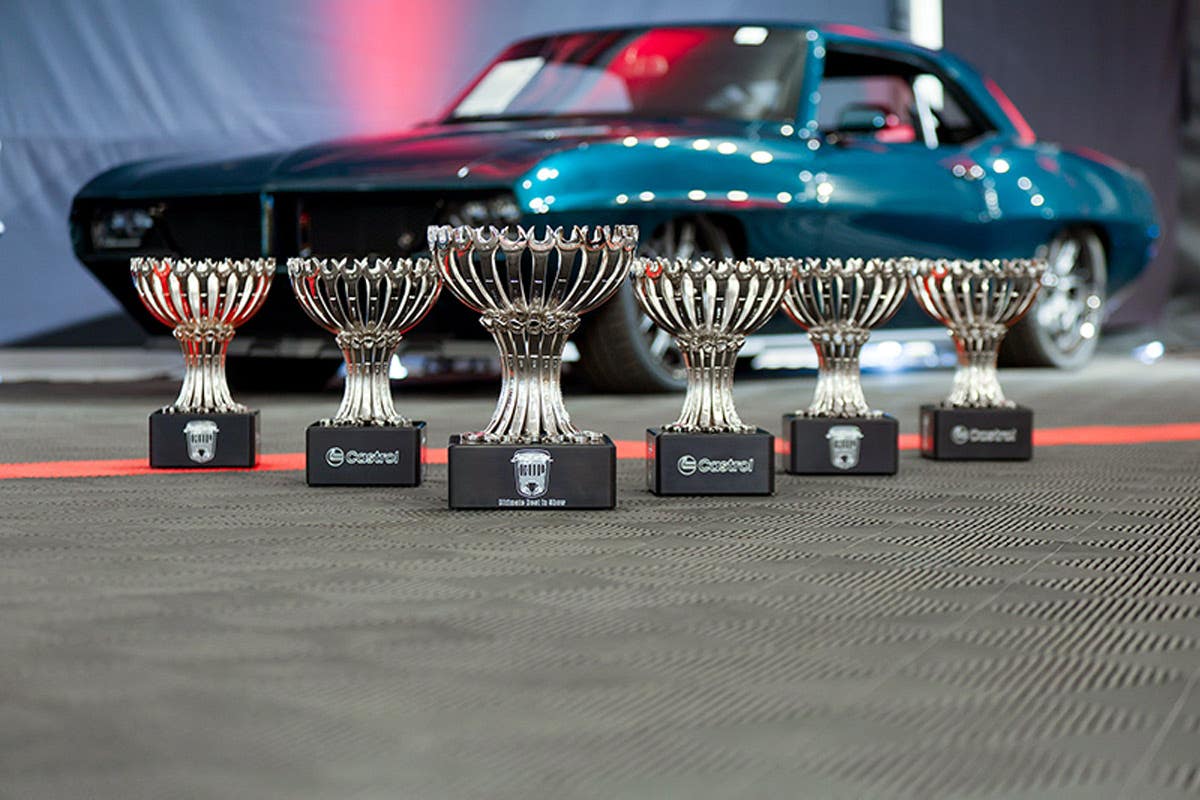Around the hobby in 20 years
Auction/Technical Editor reflects on his 20 years at Old Cars Weekly
Now that I’ve surpassed my 20th anniversary as a member of the staff of Old Cars Weekly, I’m feeling more like Clint Eastwood’s character, Walt Kowalski, in the film “Gran Torino.” In one of the film’s pivotal scenes, Kowalski is at his curmudgeonly best when he barks at a group of young thugs: “Get off my lawn.”
Holding the rank of staff elder should be a source of constant pride, and often it is. But then there are days... An example is when some of the “youngsters” on the staff who are not yet fully immersed in all things factual concerning the old car hobby come to me for answers. Posing a question such as “What is the origin of the V-8?”, it appears they assume that I know this date off the top of my head because I was actually present at the engine’s unveiling! Come on, we’re talking 20 years here, not early 20th century.
I suspect this assignment to have me reminisce on the most significant changes the old car hobby has undergone in the previous two decades is out of pity. Much like “Get him to write it down now, before the doddering old fool forgets it all,” but that just might be my cynical side showing. For me, “With age comes cynicism.”
Changes come quickly
Age-related forgetfulness aside, that’s not really a problem in the new world order of automotive publishing. Listing the most significant changes of the past 20 years, tops is the Bonneville Salt Flats-like speed at which information can be disseminated to the masses. Publishing, and not just Old Cars Weekly, has come to rely on not so much print, but on the Internet and its sub-streets of social networking.
I was, am and always will be an advocate of the printed page. I have ink for blood. But I’m also a realist and understand, just as the dinosaurs did not adapt well and became extinct, well, my nickname at this point might just as well be “tyRONosaurus rex.”
Getting out theOld Cars Weekly brand and message via the Internet, especially on the mega-growth sites such as Twitter, Facebook and the myriad other social networking avenues, is paramount in this, the age of information — or more appropriately, the age of instant information.
Compare that to my early days on the Old Cars Weekly staff when I shared a computer on a revolving base, half days each, with an editor of a numismatic publication. The computer was a one-step-up electric typewriter that spit out long paper streams of text, called galleys. These galleys had to be cut by hand to fit on paint-by-numbers-like template pages. These galleys then had to be fed through a hot-wax machine, and affixed to the template page by using a miniature rolling pin. If a story ran long, editing was done by cutting out — again by hand — a few sentences of the story to make it fit in the space assigned. The template pages were then photographed and the negatives sent to a printer. If you’ve ever busted a knuckle while wrenching on a car, that pain is nothing compared to the fingertip incineration that occurred while fishing out an errant text galley that curled into the moat of molten wax. Worker’s comp? I think not. Suck it up and get crackin’, there’s a deadline to meet.
Now, if a news item arrives on my e-mail touting some new car show/auction or car part at 10 a.m., it can be posted on the Old Cars Weekly Web site by 10:02 and have multiple staff “Tweets” (a sent Twitter message) by 10:03.
We no longer have to wait for the weekly print deadline to communicate what’s going on in the old car hobby. Being monthly, weekly or even daily as a print publication has become secondary to the up-to-the-minute communication capability via the Internet. Of course, that scenario assumes everyone has a computer or mobile communication device such as a BlackBerry to receive this instant information stream. And right now, that’s not the case. Print remains the standard to reach my fellow dinosaurs (we’re all comically referred to as belonging to the Tech-No gang). But, inevitably, over the next few years, old car hobbyists will increasingly rely on the Internet for receiving much of their information.
Shifting focus
Another sea-change I’ve encountered in the past two decades where the old car hobby is concerned is the focus of its participants. When I arrived at Old Cars Weekly in late 1989, much of my initial writing centered on prewar automobiles. Whether it was writing about someone’s collection or a meet/tour or even an auction report, the standard was “if it’s old, it’s gold.”
While these early spoke wheel, Brass-era and coach-built automobiles remain desirable to many, their overall appreciation level seems to have waned and has been replaced with muscle envy. That’s certainly not a knock on muscle cars. I came into my teenage years having a healthy lust for all things automotive at the same time Detroit’s love affair with horsepower and torque was at its peak. But even though I grew up with the marketer’s fever pitch of “Dodge Fever,” “Not Your Father’s Oldsmobile” and Mercury’s “Password For Action” ad campaigns burning into my youthful brain, to this day, I long for the curvaceous lines of any 1930s coupe (three- or five-window) or the stripped-down appeal of a ’teens raceabout such as the Stutz Bearcat. Neither contains a Hemi, but it couldn’t be sweeter to own either or both.
This muscle car craze also helped to shift the old car hobby’s focus from appreciation of the car itself to its “worth” or “investment potential.” You might point to (blame?) the glut of televised collector vehicle auctions for promoting this monetary aspect, but I think it’s more a natural progression that mirrors the rest of the capitalism-based society in which we live. Has this obsession with a collector vehicle’s worth replaced the pure passion of owning the car of your dreams? I’m not sure there’s a straight-forward answer, nor if you polled 10 car enthusiasts on this matter would you get a consensus.
What I can lend to this debate is that immediately after joining the Old Cars Weeklystaff, I traveled to Arizona for my first taste of the season-opening auctions in Scottsdale. It was quite an education. Anyone who recalls that period in our hobby will remember 1989-’90 as a time of monumental market correction. Many vintage car owners basically took a financial bath as collector vehicle values dropped significantly. Many blamed it on speculators who knew nothing about the cars they were buying as artificially driving up values until the bubble burst.
With that scenario as a backdrop, we all know now that the old car hobby survived — and eventually thrived — after this financial bloodbath. Appreciation for collector vehicles remained after their values tanked. Market corrections will come and go. It’s a cycle of capitalism.
Emerging trends
A collector vehicle’s worth, while important, still takes a back seat to the reality that most enthusiasts’ level of participation in the old car hobby is dictated by their living within their means. Not everyone can afford a trip to Scottsdale in January to bid on and buy a Hemi Superbird to tuck away as an investment. The reality is that this staying-on-budget mentality pertains to most hobbyists.
While the term backlash might be too harsh, I do believe the emergent “rat rod” craze is something of a counter movement to all this collector cars as knick-knacks and retirement portfolio mind-set. Whenever I see rat rodders at shows, they have the biggest grins, no trailer hassles because they’ve driven their cars to and from the event and the largest crowds gathered around admiring and asking questions about their rides. Is that not the essence of the old car hobby: fun, camaraderie and the sharing of knowledge and history?
Another emerging trend, and one that I’m ecstatic about, is that original vehicles are getting their due. Call them legacy cars, unmolested or survivors, by whatever handle they’re described as they have come on strong as a category at many collector vehicle events of late. While original-only is not a new trend in the old car hobby, it is new in that it has gained mass acceptance. Even four-door sedans — formerly picked last to the team based on the hierarchy of body styles — are now revered if they are factory original.
I could go on for pages with how I see the emerging “green” movement affecting the old car hobby, but brevity is a discipline we all need to follow in this, the age of information — or more appropriately, the age of information overload.
I would, however, like to end with one final thought on that very topic. While I joke about being present at the unveiling of the V-8, I’m certain that in my lifetime I’ll be there for its demise as fossil fuel-only powerplants give way to hybrids and alternative-fueled vehicles. As vintage car enthusiasts, we all need to remain vigilant to ensure the old car hobby doesn’t get steamrolled out of existence in the global warming frenzy to rid the world of “gross polluters.”
While I know I will no longer be on staff at Old Cars Weekly 20 years down the road, God willing, I’ll still be enjoying and participating in the old car hobby and telling those narrow-minded environmentalists who speak ill of vintage automobiles to “Get off my lawn.”
MORE RESOURCES FOR CAR COLLECTORS FROM OLDCARSWEEKLY.COM



